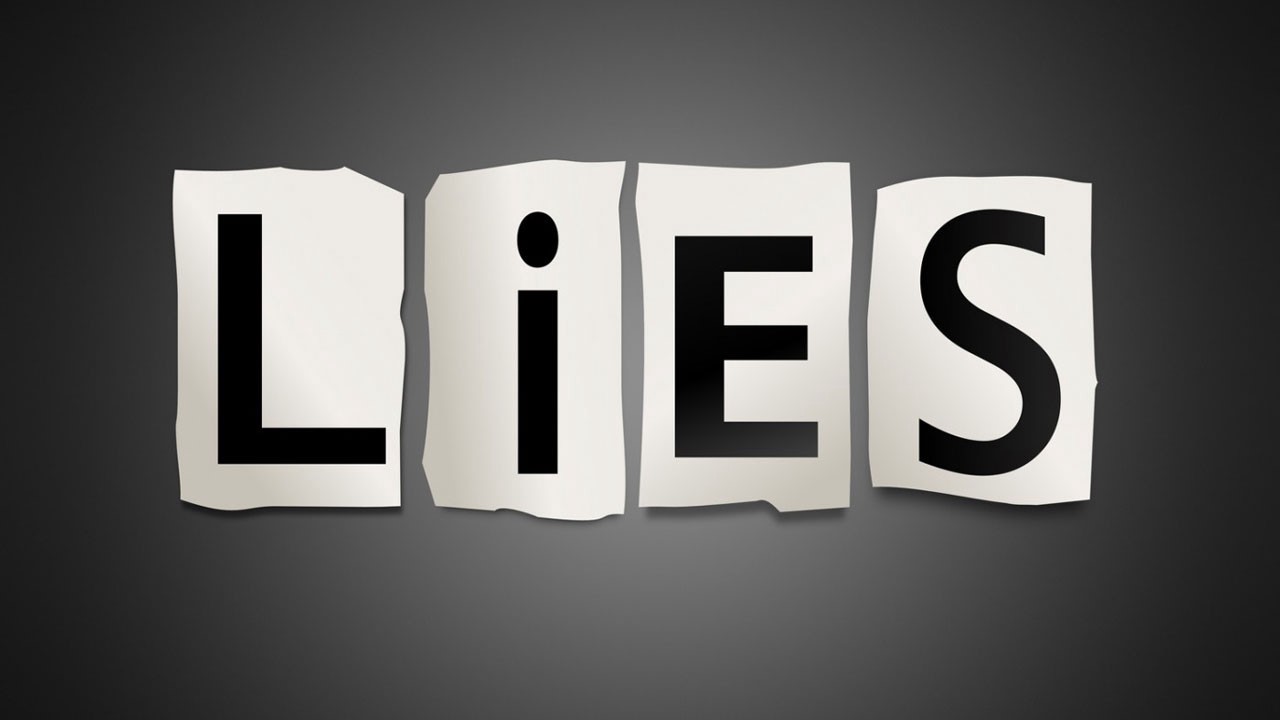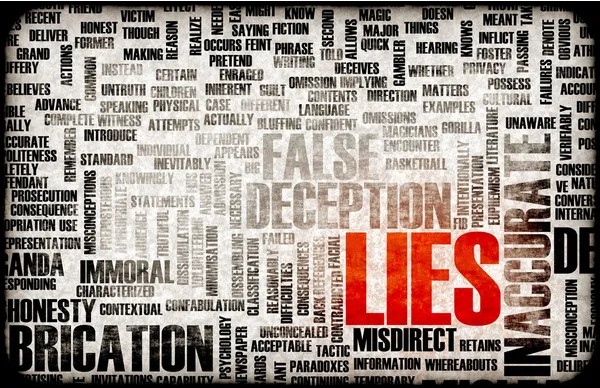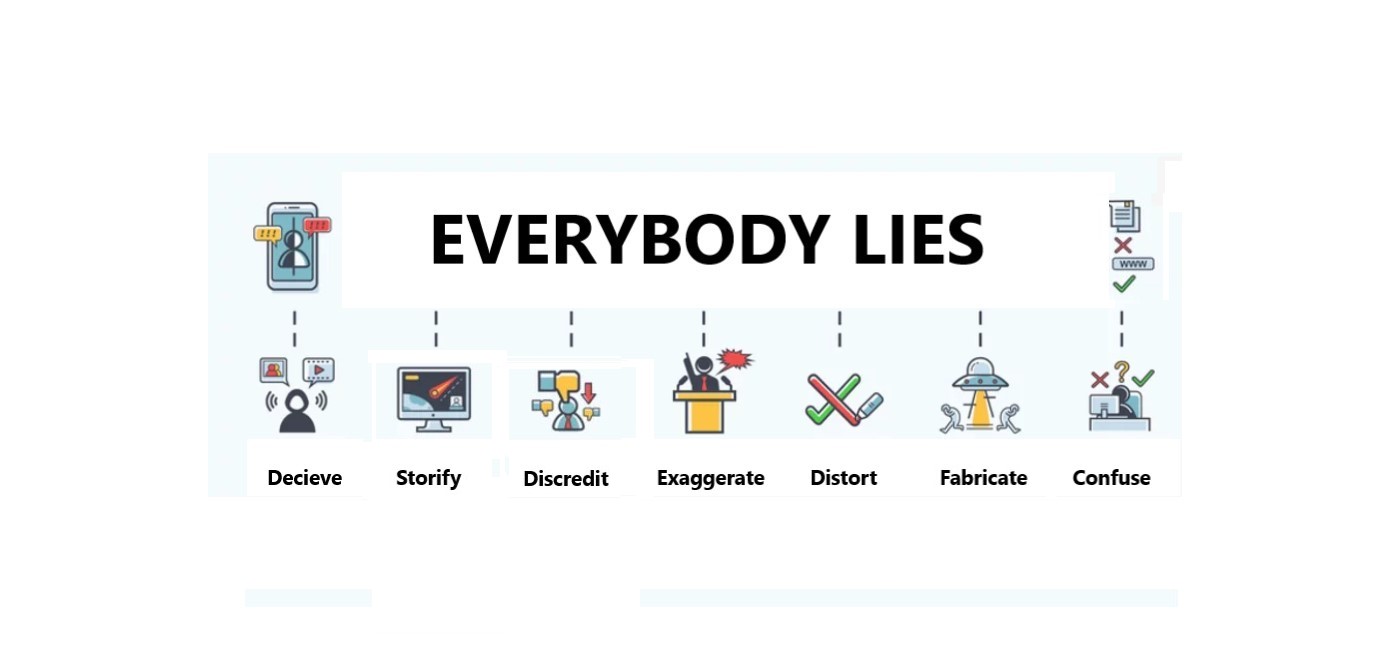Seven Ways to Catch a Lie
Detecting if someone is telling a lie can be challenging, as messages and behavior vary, and there is no foolproof method for determining if someone is being dishonest. Some common signs that may tip you off to lies include:
- Inconsistent Details
Liars often have trouble keeping their story straight. They may give conflicting information or change their story when questioned. Pay attention to inconsistencies in their statements.
2. Missing Information
The devil is in the details. We make decisions based on information presented and ignore or don’t think about information that is omitted. When what we see is what we expect, we are easily deceived. To be safe, think about what is missing and respect, inspect, and expect the unexpected.
- Body Language
Non-verbal cues can be revealing. Watch for signs like avoiding eye contact, fidgeting, nervous gestures (e.g., tapping fingers or feet), sweating, or other signs of discomfort. However, keep in mind that these cues are not definitive proof of lying, as some people exhibit nervous behaviors even when telling the truth.
4. Selective Details
When making decisions, we tend to try to act efficiently, using the information that we have rather than asking for more. Liars know this and control what they say and how they say it. The challenge is knowing when to accept something and when to ask for more.
- Microexpressions
Brief, involuntary facial expressions can reveal true emotions. Look for fleeting expressions of fear, disgust, or other responses or lasting expressions of confidence, delight, or other responses that contradict or overly support the person’s words. These expressions are usually difficult to fake.
6. Verbal Clues
Pay attention to the words a person uses. Liars may use more vague language, avoid answering directly, or offer too much unnecessary detail or praise to divert attention. They may also hesitate, stammer, or speak in a higher pitch than usual.
- Changes in Behavior
Significant changes in a person’s behavior, such as becoming defensive, evasive, or overly cooperative, can be indicators of dishonesty. For example, someone who is typically calm and composed may become unusually agitated when questioned about claims.
It’s important to note that relying solely on these signs may lead to false conclusions. People can exhibit these behaviors for various reasons, and some individuals are skilled at concealing their deception. To accurately determine if someone is lying, consider the context, gather more information, and use the “tells” above as potential indicators rather than definitive proof. Additionally, professionals trained in deception detection, such as law enforcement officers or psychologists, use more advanced techniques and tools to assess truthfulness and what people say. [1]cf. Simons, D., & Chabris, C. (2023). Nobody’s fool: Why we get taken in and what we can do about it. Basic Books
Notes
| ↑1 | cf. Simons, D., & Chabris, C. (2023). Nobody’s fool: Why we get taken in and what we can do about it. Basic Books |
|---|



